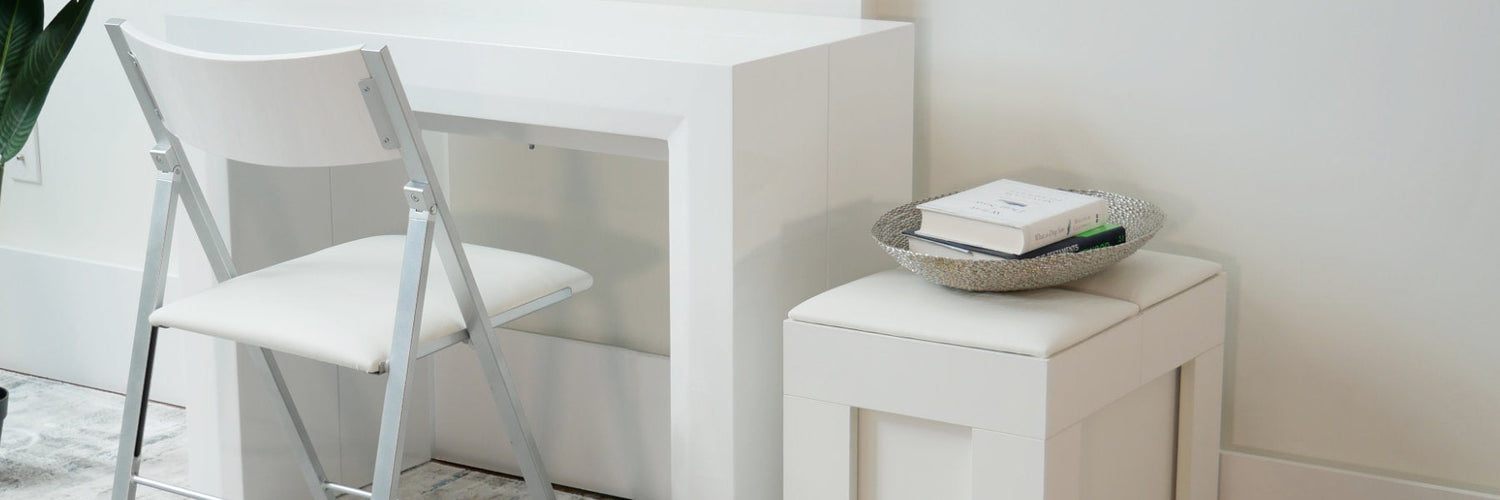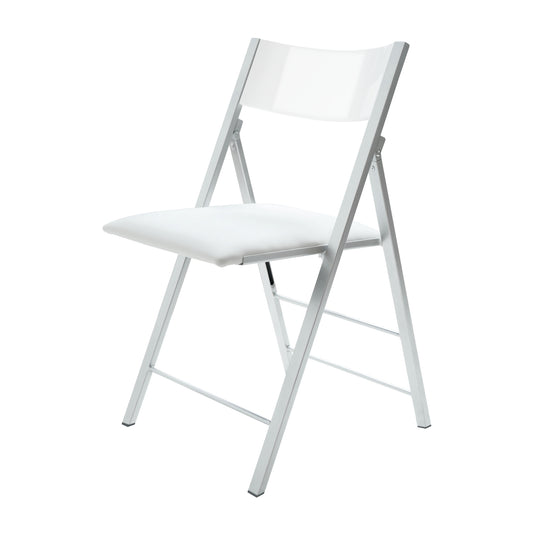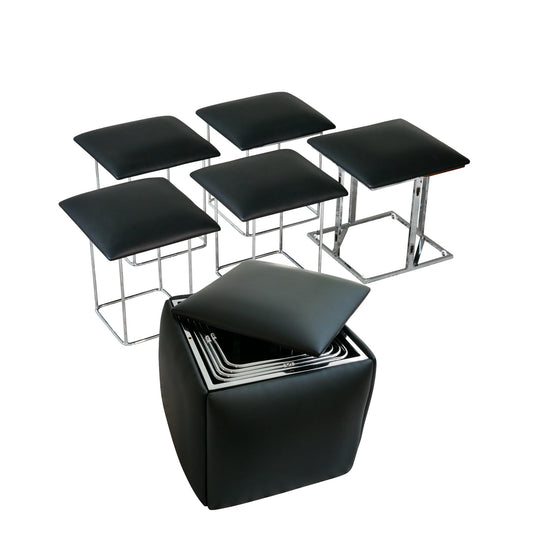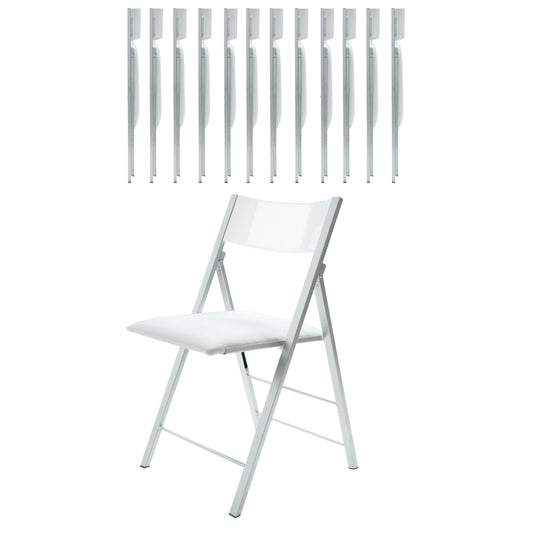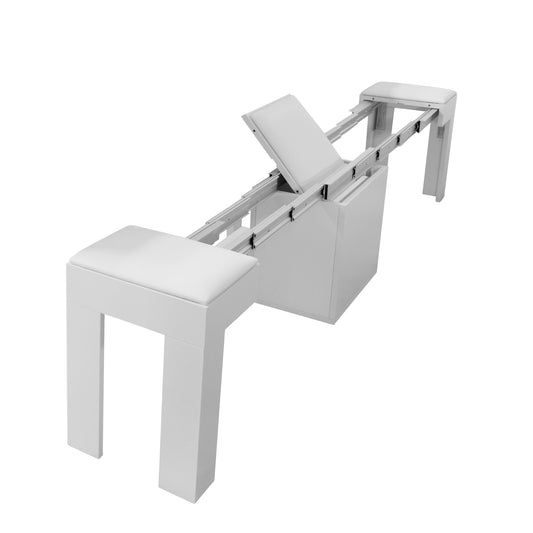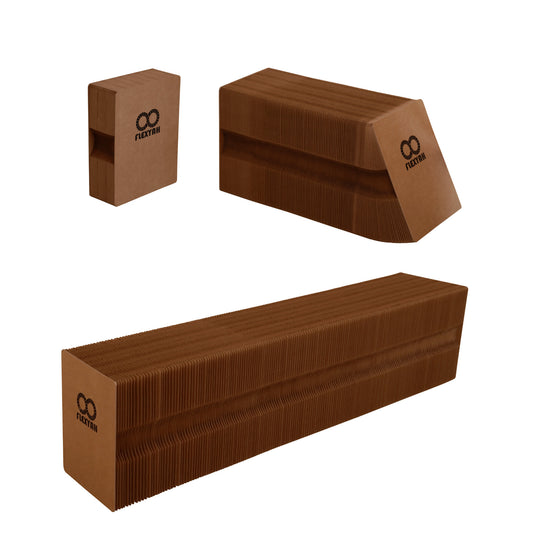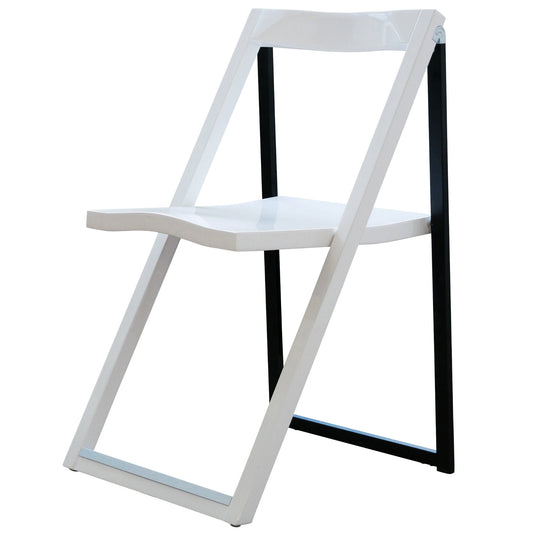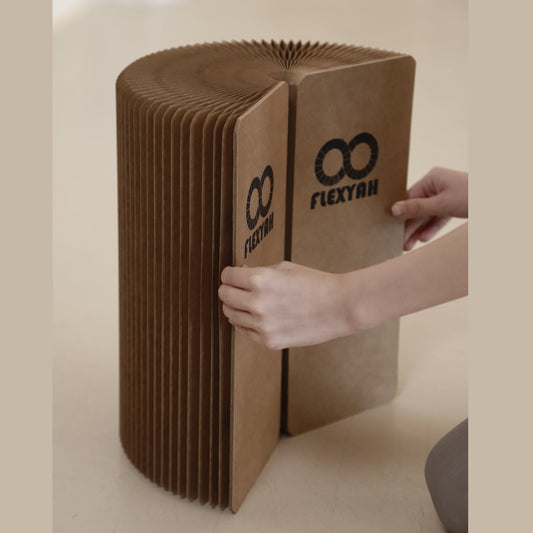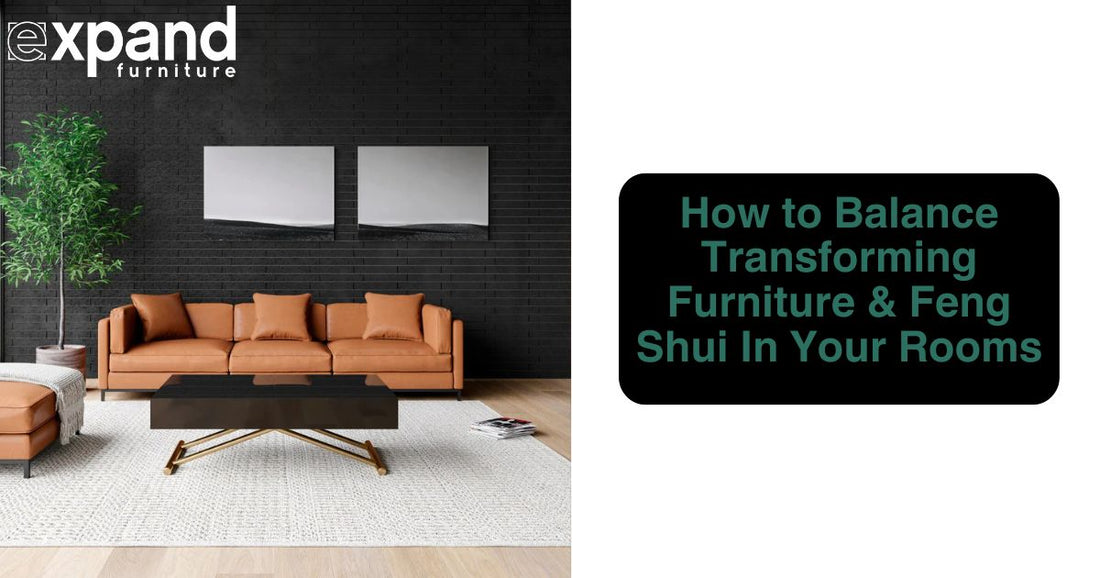Feng Shui is an interior design concept to create a space that feels calm, connected, and open to balance energy. Because proportions, colors, and visual flow matters, modular furniture like extending tables and sectional couches could become an issue as the open space in a room and amount of color balance changes depending on the configurations.
By planning your spaces with the right expanding furniture, you can host small get-togethers with friends and larger formal holiday meals while having the balance of Feng Shui to create calming, energetic, and happy spaces.
This guide will help you learn how to maintain proportions, ensure smooth circulation, and create emotional ease through form and flexibility no matter what purpose the room is being used for. This starts with four of the most important principles in Feng Shui interior design.
Tips for Bringing Balance and Intention to Your Space
As you choose furniture, always keep balance and mind by letting these principles of Feng Shui guide your decisions:
- Proportion & scale - Keep furniture visually and physically aligned with the room size.
- Qi flow - Maintain clear pathways for movement and energy.
- Curved vs. sharp edges - Go with rounded shapes including round tables and rounded couch corners to reduce harshness.
- Anchoring with color and materials - Use earth tones and natural finishes to ground the space similar to Biophilic design.
Living rooms, playrooms, and Feng Shui principles share a common goal of fostering connection and creating a space that grounds the room and provides comfort for ourselves and our guests. The most important part is picking furniture that aligns with how you’ll be using the rooms so you can guide energy or "Qi", and that the furniture is arranged in ways that support conversation, rest, and togetherness.
A large expanded table that blocks a doorway visually breaks the visual flow and movement of energy through the room. That’s why an expanding table that has a compact setting is better for smaller rooms as you can keep energy flowing and only block the visual lines while you are hosting a larger meal.
The larger meal will have people focused on each other vs. the space, and the new energy pathways will go around the table vs. needing to be through the room since the table and meal are now the focal points. The layout should feel intentional, breathable, and incorporate furniture balanced with the room's proportions and surrounding fixtures.
Another way to incorporate Feng Shui is to buy furniture made from natural materials and shapes that soften sharpness and evoke a sense of warmth. This can be furniture made from wood including cabinets and the base of a coffee table, to sculptures and artwork. Then match it to the sizes and dimensions of the space it will go in so it keeps the decor aligned and balanced.
Keeping Feng Shui Proportions in Place
There are no set ratios for proportions like the 60, 30, 10 rule for how long a table or couch needs to be based on the size of the wall or diagonal line of a room. It is more about the amount of open space and pathways that create the feeling with the furniture in the room.
There is however a design principle called the golden ratio which is a 2:3 rule that creates balance in a room. For transforming furniture, a fully extended table should never be more than 2/3 of the room’s width or length as this would block the flow and pathways through the space.
Furniture that’s too large can make a room feel heavy and stagnant because it dominates the space and disrupts flow. But this can work for a large holiday meal where you want the focus on the people around you vs. eyes drifting and focus being lost.
On the other hand, furniture that’s too small can feel disconnected and create a sense of imbalance. The imbalance can be uncomfortable if you have a friend over to catch up, or want to relax with a movie or a book.
The goal is to find harmony, and that comes down to finding the right scale based on the activities in the room and making sure your furniture’s formations create the right balance.
Our Junior Giant is a console to dining table that doesn’t lock you into one fixed size. The table stays compact and low-impact when you’re using the room for everyday use keeping the visual flow open.
When you host guests or an intimate family dinner, it expands gradually, allowing you to stop at a size that feels proportional to your room. You can seat the correct number of guests for that particular meal comfortably and then collapse it back once the meal is over. For large parties it can remain a console so it does not interfere with the layout and flow the space.
If more space is needed to set drinks and plates down, you can easily expand it from a display console to a small table. This can also keep within the rooms proportions and keep enough area open for guests to move freely.
Here’s how the Junior Giant table can work with an accent rug following the 2:3 golden ratio and principles of Feng Shui.
|
Table state |
Table length |
Suggested room width |
Rug recommendation |
|
Collapsed |
17 inches |
5-6 feet |
Use a sideboard rug or mat to complement your wall decor. |
|
Mid-extension |
60-72 inches |
9 - 12 feet |
Pair with a 6x9 rug for visual anchoring |
|
Fully extended |
110+ |
12 - 16 feet |
Use an 8x10 or 9x12 rug with centered decor, such as a vase. |
Extending tables aren’t the only transforming furniture this works with.
Sectional couches can be expanded outwards to the sides of the room, but not against the walls, evenly to allow movement through the center of the room when entertaining a large number of guests. Once the guests leave, the sectional sofa can be configured back to a connected arrangement towards the back or in the center of the room allowing for different pathways, balance, and flow.
Pro-tip: Avoid large sectional couches in small living and family rooms as the crowded entryways cause Qi to stagnate blocking energy. The same applies to a small coffee table in a large living or family room space. The disconnect breaks the balance and flow.
In addition to the proportions of the table and area rug, other elements like water features can further build on the Feng Shui concepts of the room as water elements are active features used to create energy. Water represents the yang (of yin and yang) to amplify energy which works to keep guests socializing and having fun when you’re entertaining.
You may want to stay away from water elements in a bedroom, though. While it may seem like a calming addition like how they’re used in spas, the yang presence, especially if it gives off a “choppy” feel, can go against the serenity desired in sleeping spaces. That choppy feeling can also be experienced with sharp edges and corners.
Rounded Edges Support Smoother Energy
In Feng Shui, the Qi energy moves most effectively around gentle curves and softened angles. Harsh corners or jagged lines can create what’s known as “Sha Chi,” or cutting energy, which can feel jarring or unsettling.
If you’re furnishing a living or family room with a transforming sectional, go with layouts that create soft L or U-shapes rather than sharp angles. A modular sectional like our Stratus Modular Sofa makes it easy to adjust your space to different activities while honoring Feng Shui principles.
Each section's shape, size, and placement influence energy direction, group dynamics, and balance. Here are some tips based on common situations for a family room, game room, or finished basement where you entertain:
- Movies and entertainment work with an L-shaped couch that faces the TV. This focuses energy inward and allows for visual stability. Curved floor lamps or plants behind the couch can also offer softened support.
- Family time works well with U-shaped seating and a rounded coffee table in the center. This setup encourages equality and interaction. If you notice a lot of passion, especially during family game nights, soft stones or plants can help to ground fire energy for a more enjoyable time.
- Conversation and casual entertaining need soothing furniture which can include round tables and seating with soft-edges. These encourage conversation, connection, and emotional flow.
Supporting positive energy with color and light
Colors and lighting are also an important part of building emotional balance when applying Feng Shui to a room. Earth tones like sandy beige, soft clay, or warm browns for grounding sofas or rugs can be used to create balance and a calm feeling. Adding water or wood elements with soft greens or dusty blues can further enhance this for a calming contrast.
Feng Shui encourages the use of layered lighting to support both yin (restful, quiet) and yang (active, social) moments.
You can strike a great balance with these additions:
- Overhead light for general brightness and functionality.
- Table lamps for a soft glow in seating areas where engagement is encouraged.
- Accent lighting, like LED shelf lights or wall sconces, can expand depth and create a cozy environment.
If you’re using mirrors, choose round mirrors over rectangles to reflect natural light without creating harshness, and avoid placing them directly opposite the front door to maintain stability.
Feng Shui isn’t about rigidity; it’s about responsiveness and intention. Thoughtful transforming furniture, smooth edges, room proportions, and well-chosen lighting and color pallets can help to transform a room into a space for entertaining, relaxing, or living your everyday life that is as efficient as it is harmonious.
